Drug-Induced Kidney Failure: How to Spot It Early and Prevent It
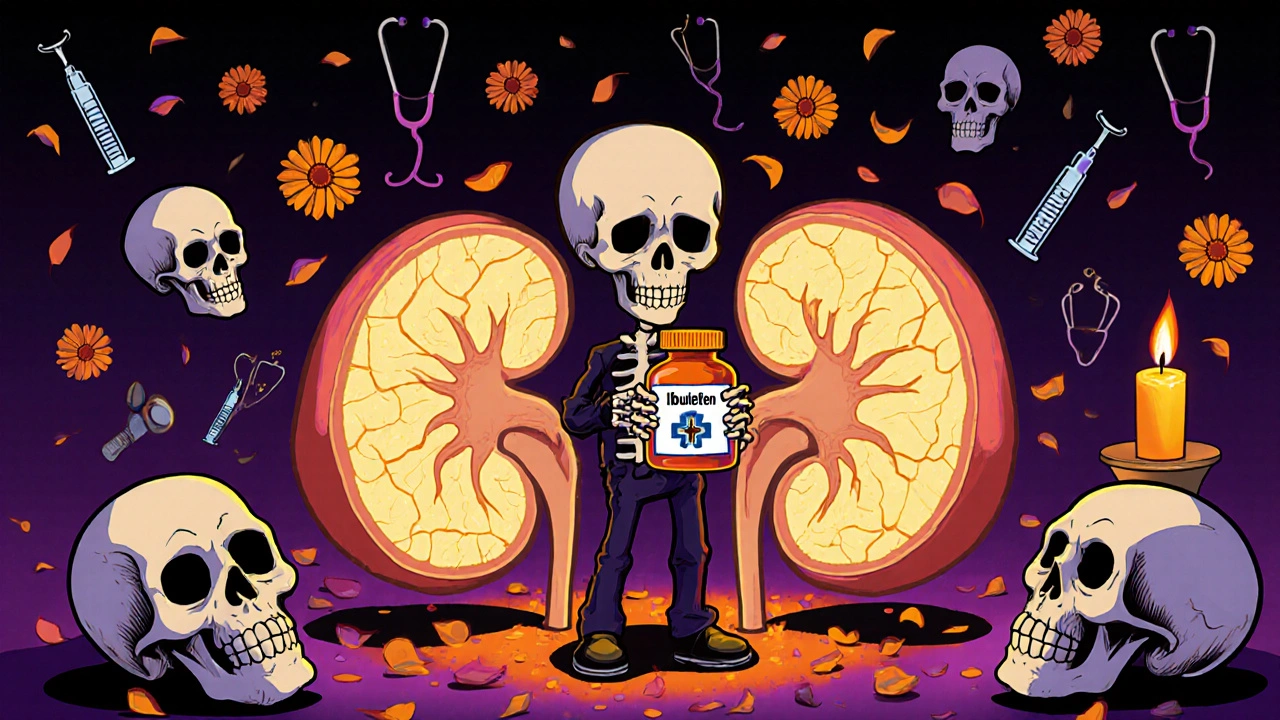
DI-AKI Risk Assessment Tool
Assess Your Risk of Drug-Induced Kidney Injury
This tool helps you understand your risk factors for DI-AKI based on your health status and medications. Early detection is critical to preventing permanent kidney damage.
Your DI-AKI Risk Assessment
Low Risk
Your risk level
Every year, thousands of people end up in the hospital with sudden kidney failure - not from an accident, not from infection, but from something they took to feel better. A common painkiller. An antibiotic. Even a heartburn pill. These aren’t rare cases. Medications cause about 20% of all acute kidney injuries in hospitals, and up to 60% in intensive care units. The scary part? Most of these cases are preventable.
What Exactly Is Drug-Induced Kidney Failure?
Drug-induced kidney failure, more accurately called drug-induced acute kidney injury (DI-AKI), happens when a medication damages your kidneys fast - sometimes within hours or days. It’s not a slow decline. It’s a sudden drop in how well your kidneys filter waste from your blood. This is measured by a spike in creatinine levels or a drop in urine output.
The kidneys aren’t designed to handle every drug you take. Some medicines, especially when used in high doses or for long periods, build up and directly harm kidney cells. Others trigger allergic reactions inside the kidney tissue. And some turn into crystals that clog the tiny tubes inside your kidneys.
Three main ways drugs hurt your kidneys:
- Acute interstitial nephritis - an immune reaction, often from proton pump inhibitors (like omeprazole), antibiotics (like penicillin or sulfamethoxazole), or NSAIDs (like ibuprofen). Symptoms can include fever, rash, and swollen glands, usually 1-2 weeks after starting the drug.
- Acute tubular necrosis - direct poisoning of kidney tubules. Common culprits: vancomycin, aminoglycosides (like gentamicin), and contrast dye used in CT scans.
- Crystal-induced nephropathy - drugs like acyclovir, sulfadiazine, or certain HIV meds form crystals in the urine. These crystals block kidney tubules. It happens fast - sometimes within hours.
Who’s at Risk?
You don’t have to be old or sick to get DI-AKI, but some people are far more vulnerable:
- People with existing kidney disease (eGFR below 60 mL/min/1.73m²)
- Older adults, especially over 65
- Those on multiple medications (5 or more - this triples the risk)
- People who are dehydrated or have low blood pressure
- Patients with diabetes or heart failure
One patient story from a kidney support forum says it all: “I took ibuprofen for 10 days after dental surgery. I had stage 3 CKD. My creatinine jumped from 1.8 to 4.2 in three days. My doctor didn’t connect the dots for five days.” That’s not an outlier. Studies show 38% of DI-AKI cases happen because doctors kept giving nephrotoxic drugs even after kidney function dropped.
How Do You Know It’s Happening?
DI-AKI doesn’t always cause obvious symptoms. Many people feel fine until their kidneys are already failing. But here’s what to watch for:
- Sudden decrease in urine output (less than half your normal amount)
- Swelling in legs, ankles, or face
- Unexplained fatigue or confusion
- Nausea, vomiting, or loss of appetite
- Fever or rash (especially if you started a new drug recently)
- Back pain just below the ribs (kidney area)
But here’s the truth: you can’t rely on symptoms alone. The only reliable way to catch it early is with a simple blood test - checking serum creatinine - and comparing it to your baseline.
KDIGO guidelines define AKI as:
- A creatinine increase of ≥0.3 mg/dL within 48 hours, OR
- A 50% rise in creatinine from your baseline, OR
- Urine output under 0.5 mL/kg/hour for 6+ hours
That’s it. No fancy machines. No expensive scans. Just a blood test and knowing your numbers.
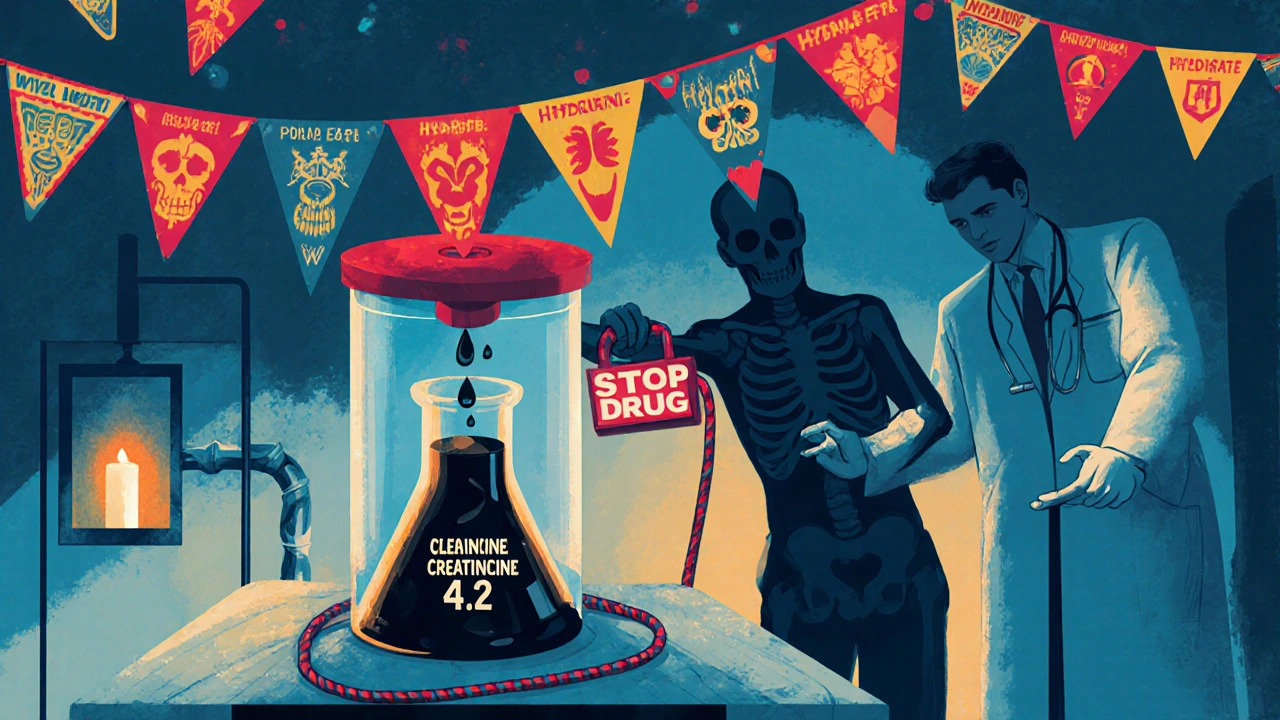
Top 5 Medications That Cause Kidney Damage
Not all drugs are equal. Some are far more dangerous to kidneys than others. Here are the most common offenders, based on FDA reports and clinical studies:
| Drug Class | Examples | Risk Level | Key Prevention Tip |
|---|---|---|---|
| NSAIDs | Ibuprofen, naproxen, diclofenac | High | Avoid completely if eGFR <60. Use acetaminophen instead. |
| Antibiotics | Vancomycin, piperacillin-tazobactam, sulfamethoxazole | High | Monitor levels. Hydrate well. Avoid in dehydrated patients. |
| Proton Pump Inhibitors | Omeprazole, pantoprazole | Moderate to High | Don’t use long-term unless necessary. Check kidney function after 3 months. |
| Contrast Dye | Iodinated agents for CT scans | Moderate | Hydrate with saline before and after. Avoid if eGFR <30. |
| Diuretics | Furosemide, hydrochlorothiazide | Moderate | Don’t overuse. Watch for dehydration. Check electrolytes. |
NSAIDs alone cause 3-5% of all AKI cases annually - and that number jumps to 15-20% in elderly patients with existing kidney problems. Yet, many doctors still prescribe them without checking kidney function first.
How to Prevent It - 5 Proven Strategies
You can’t control every risk factor. But you can control your meds. Here’s what actually works:
- Know your baseline eGFR - Before starting any new medication, especially if you’re over 60 or have diabetes, ask for a blood test to check your kidney function. If your eGFR is below 60, your doctor should adjust doses or avoid certain drugs entirely.
- Swap NSAIDs for acetaminophen - For pain relief, acetaminophen (Tylenol) is much safer for kidneys. Studies show switching reduces DI-AKI risk by 47% in high-risk patients.
- Hydrate before contrast scans - If you’re getting a CT scan with dye, drink water before and after. Hospitals should give you IV saline if you’re high-risk. Don’t assume they will - ask.
- Review all your meds - If you take five or more medications, get a full medication review. Polypharmacy is a silent killer for kidneys. A pharmacist can spot dangerous combinations you might miss.
- Stop the drug immediately if you suspect trouble - If you start a new med and your urine drops, you feel dizzy, or your creatinine rises, stop the drug and call your doctor. Early discontinuation is the single biggest factor in avoiding permanent damage.
One patient, MaryK_65, shared: “My cardiologist switched me from naproxen to acetaminophen after my eGFR dropped to 52. My kidney function stabilized in two weeks.” That’s the power of action.
What Hospitals Should Be Doing - And Often Aren’t
It’s not just patients who need to wake up. Hospitals are failing too.
Only 63% of community hospitals check baseline kidney function before giving high-risk drugs. In academic centers, it’s 92%. That’s a massive gap. And 31% of cases involve no baseline creatinine test at all.
Here’s what works when implemented:
- Computerized alerts in electronic health records that flag risky prescriptions based on kidney function - cuts inappropriate dosing by 63%.
- Standardized hydration protocols before contrast scans - reduces contrast-induced AKI by 28%.
- AI tools like Dosis Health - recently approved by the FDA - which predicts DI-AKI risk and recommends safer alternatives. In trials, it cut cases by 41%.
But these tools are only useful if staff use them. Too often, alerts are ignored. Orders aren’t reviewed. Nurses don’t check urine output. It’s a system failure - and it’s costing lives.
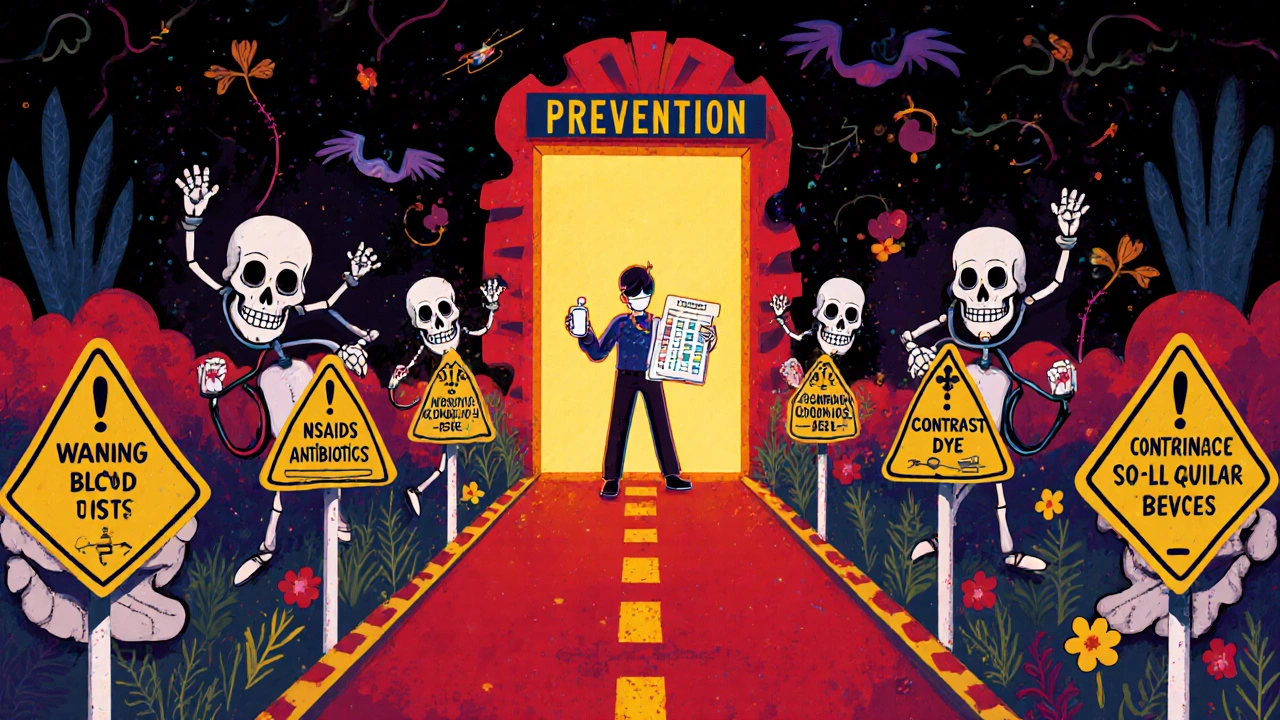
What You Can Do Right Now
You don’t need to be a doctor to protect your kidneys. Here’s your quick action plan:
- Ask your doctor for your latest eGFR number - if you don’t know it, you’re flying blind.
- Make a list of every pill, supplement, and OTC drug you take - including ibuprofen and herbal teas.
- When prescribed a new drug, ask: “Could this hurt my kidneys? Is there a safer option?”
- If you’re scheduled for a CT scan, ask if you’ll get IV fluids before and after.
- If you’re on long-term painkillers, get your kidney function checked every 3-6 months.
DI-AKI isn’t inevitable. It’s not a mystery. It’s a failure of awareness - and it’s fixable.
What Happens If It’s Not Caught?
If DI-AKI isn’t treated quickly, it doesn’t just go away. Kidney tissue can scar. That’s permanent. Once fibrosis sets in, your kidneys can’t recover fully. Many patients who survive DI-AKI end up with chronic kidney disease - and some need dialysis.
And the cost? In the U.S., a single DI-AKI hospitalization averages $18,450 - more than double the cost of a non-AKI admission. And 76% of these cases are preventable. That’s $1.2 billion a year spent on mistakes.
Every year, 15-20% of people with severe AKI die. Most of them didn’t have to.
Can over-the-counter painkillers really cause kidney failure?
Yes. NSAIDs like ibuprofen and naproxen are among the top causes of drug-induced kidney injury, especially in people over 60 or those with existing kidney disease. Taking them for more than a few days, or while dehydrated, can cause sudden kidney damage. Acetaminophen is a safer alternative for most people.
How long does it take for a drug to damage your kidneys?
It can happen as fast as a few hours - especially with contrast dye or crystal-forming drugs like acyclovir. For allergic reactions like interstitial nephritis, it usually takes 7-14 days after starting the drug. But in some cases, damage builds up slowly over weeks, especially with long-term NSAID use.
Is kidney damage from drugs always permanent?
Not always. If caught early and the drug is stopped right away, many people recover full kidney function. But if the injury is ignored for days or weeks, scarring can occur. Once fibrosis sets in, the damage is permanent. That’s why timing matters more than the drug itself.
Should I avoid all medications if I have kidney disease?
No. Many medications are safe when used correctly. The key is dose adjustment and monitoring. For example, antibiotics like vancomycin can be used safely if your doctor checks your levels and gives you enough fluids. What you need to avoid are drugs that are known to be high-risk - like NSAIDs - and to get regular kidney function tests.
Can drinking more water prevent drug-induced kidney injury?
For some drugs, yes. Hydration helps flush out crystals and reduces the concentration of toxins in the kidneys. It’s especially critical before and after contrast dye procedures. But drinking water won’t protect you from allergic reactions like interstitial nephritis. It’s one tool, not a cure-all.
What should I do if I think a medication hurt my kidneys?
Stop taking the drug immediately. Contact your doctor or go to an urgent care clinic. Ask for a serum creatinine test and a urine test. Don’t wait for symptoms to get worse. Early action can mean the difference between full recovery and permanent damage.
Final Thought
Your kidneys don’t scream when they’re in trouble. They whisper. And most people ignore the whisper until it’s too late. Drug-induced kidney failure isn’t a freak accident. It’s a predictable outcome of missed checks, ignored warnings, and assumptions that “it’s just a pill.”
But you have power. Know your numbers. Ask questions. Speak up. You don’t need to be a medical expert to save your own kidneys - just to be informed and willing to act.

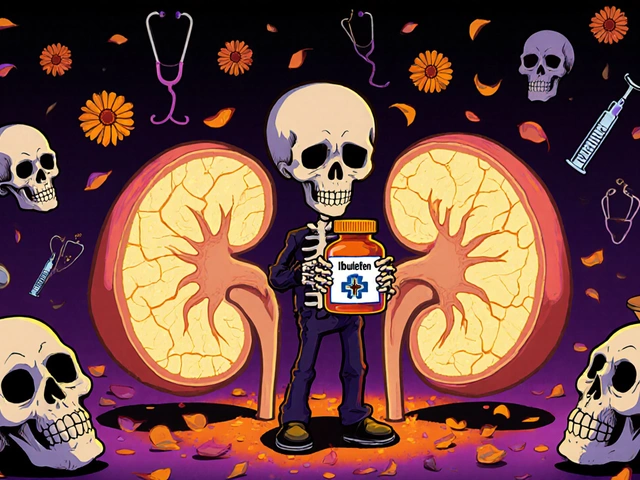
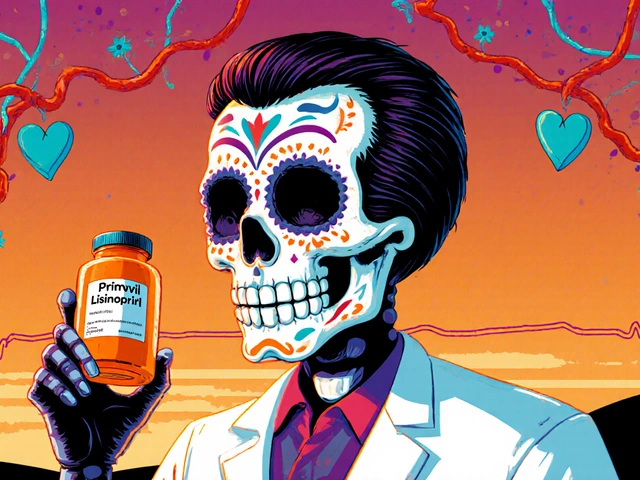
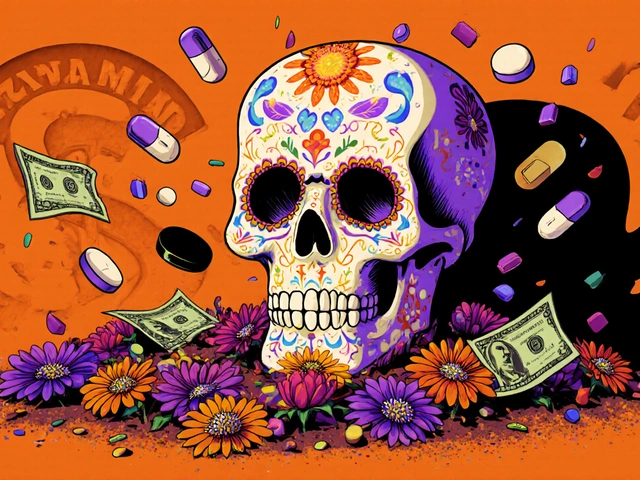
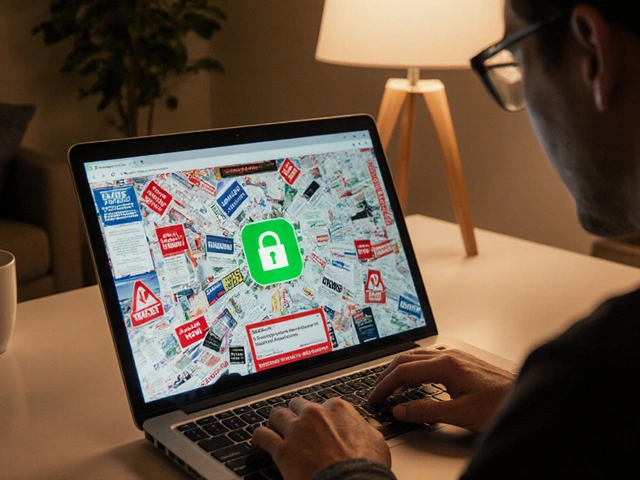
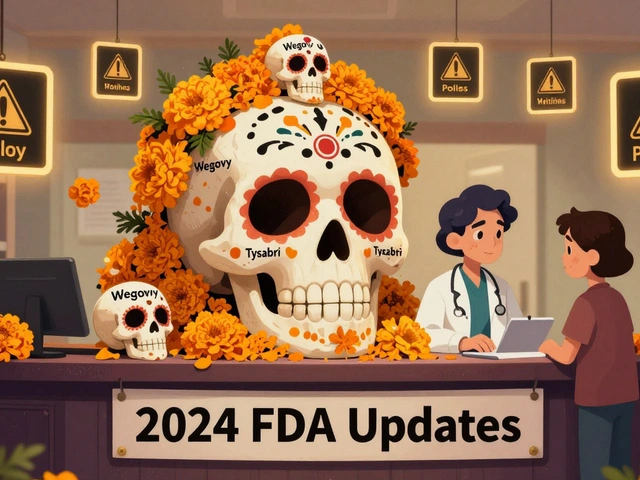
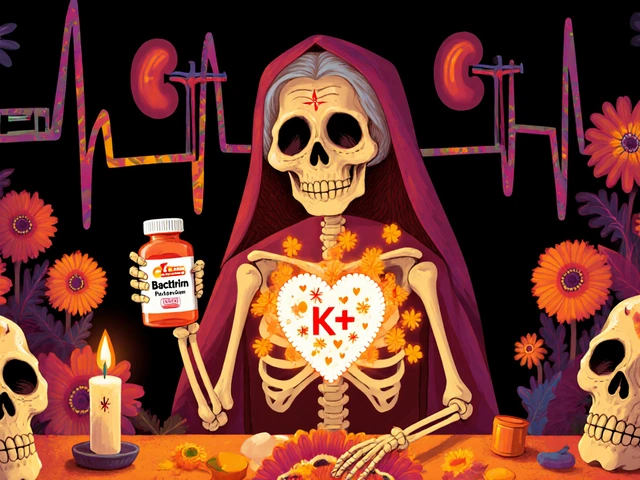
Been on ibuprofen for years for back pain. Never thought about my kidneys until my doc flagged my eGFR last year. Switched to acetaminophen and my numbers stabilized. Simple fix, huge difference. Don't ignore the whisper.
OMG YES!! I just had a CT with contrast last month and they gave me IV fluids BEFORE and AFTER like a boss. My nephrologist said hydration is the #1 thing you can do. Also, I stopped my daily omeprazole cold turkey after reading this. My stomach's fine, my kidneys are happier. 💪✨
US hospitals are broken. In India we dont even test creatinine before giving antibiotics. People die because doctors dont care. This post is woke but too late.
Just had my first eGFR check after 40. 58. Scared me. Started asking every doc: "Is this safe for kidneys?" Now I only use Tylenol. My wife thinks I'm paranoid. I think she's gonna be dead by 60 if she keeps popping naproxen like candy. 😤
You don't need to be a doctor to save your kidneys. Just be curious. Just ask. Just check. That's all. Small steps. Big impact. You got this.
Wow. This post is… *deeply* naive. You assume everyone has access to eGFR testing, a primary care physician, or even health insurance. Meanwhile, millions of Americans are taking OTC meds because they can't afford to see a doctor. Your "5 proven strategies" are a luxury. The real problem is capitalism, not compliance.
Ugh. Another one of these "just ask your doc" posts. My doctor? He prescribes ibuprofen like it's aspirin. And he doesn't even know what eGFR stands for. I had to Google it myself. And then he said "oh, you're fine" even though my creatinine was 1.9. 🤦♂️ People need to stop waiting for doctors to save them. You're your own best advocate. Or you'll end up on dialysis at 55. And don't even get me started on PPIs. I stopped mine. My acid reflux got worse. But my kidneys? They're breathing again.
Also, why do we still use creatinine? It's so outdated. Cystatin C is way more accurate. But no one tests for it. Why? Because it costs more. And hospitals don't care. They just want to bill you for the CT scan and the contrast and the follow-up. Meanwhile, your kidneys are turning to stone.
And don't even tell me about "hydration." I drink 3 liters of water a day. I still got AKI from vancomycin. Because the dose wasn't adjusted. Because the algorithm didn't flag it. Because the nurse was busy. Because the system is broken.
And now they want us to use AI tools like Dosis Health? Like that's gonna fix anything? It's just another $$$ product for hospitals to buy so they can say they're "innovating." Meanwhile, the people who need help the most? The elderly. The poor. The uninsured? They're still getting NSAIDs like it's 2005.
And what about herbal stuff? I took that "kidney cleanse" tea from the health food store. Guess what? It had aristolochic acid. That's a known nephrotoxin. But it's "natural" so it's fine right? 🤡
And let's not forget that 70% of DI-AKI cases happen in people who weren't even told they had kidney disease. Because no one tests them. Because they're "young and healthy." Until they're not.
I'm 48. I used to run marathons. Now I'm on a low-protein diet because my kidneys can't handle it. All because I trusted the system. And now I'm the guy who tells people: Don't wait for symptoms. Test. Ask. Push back. Or you'll be the next statistic.
And if you think this is scare tactics? Go look up the CDC data on preventable AKI. It's not a bug. It's a feature of our broken healthcare machine.
Wait-so you're saying I shouldn't take ibuprofen for my period cramps? 😳 I've been doing it since I was 14. Are you telling me I've been slowly killing my kidneys? Like… on purpose? What if I just take half a pill? Or only on weekends? Or… maybe I just… don't tell my doctor? 😬
Norman's right. But he's also missing the point. It's not just about the meds-it's about how we treat chronic pain in this country. We medicate instead of heal. We ignore root causes. We're scared of movement, of therapy, of real recovery. And now we're blaming the pills. But the pills are just the symptom.
My mom took NSAIDs for 20 years. Then she got kidney failure. But she also had depression, no access to physical therapy, and lived in a food desert. The drug wasn't the villain. The system was.
Love this breakdown. Just wanted to add-don't forget about the "hidden" meds. Things like herbal supplements, energy drinks with high-dose creatine, or even those "detox" powders. I had a patient who thought green tea extract was "safe"-turns out, it's a known nephrotoxin in high doses. And nobody labels it. 🤷♂️
Also-ask your pharmacist. Not your doctor. Your pharmacist knows every pill you're on, including the ones you bought at the gas station. They're the unsung heroes of kidney safety. 💙
Typo in the table: "eGFR <60" should be "eGFR < 60". Also, why is this post so long? Just say: Don't take NSAIDs if you're old. Done.
How ironic. A post about kidney failure written in a language that treats health like a commodity. In South Africa, we don't have access to eGFR tests or AI tools. We have a nurse, a stethoscope, and hope. Your solutions are for the privileged. The rest of us just hope we don't die before the next pill bottle runs out.